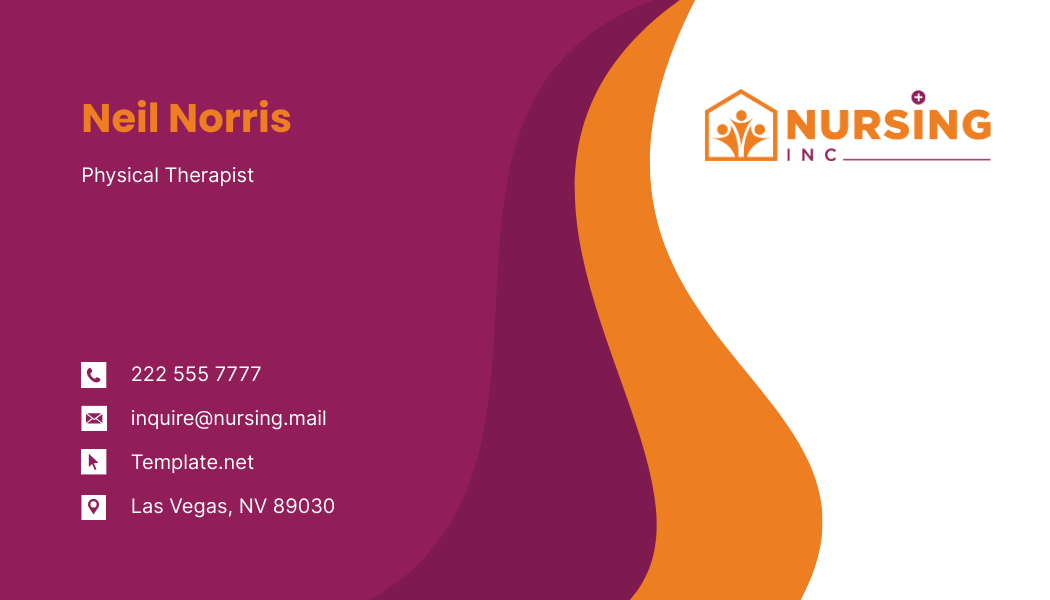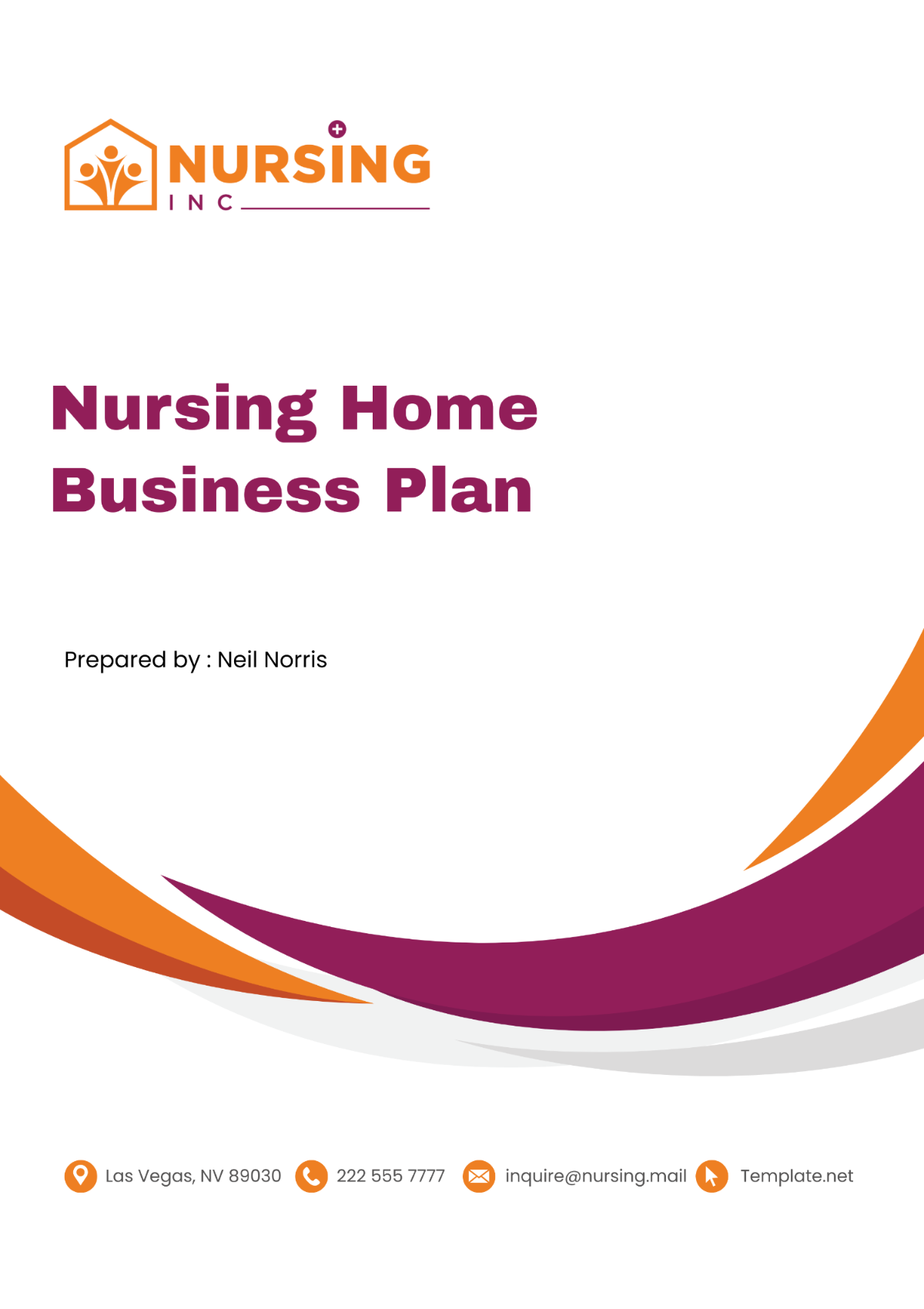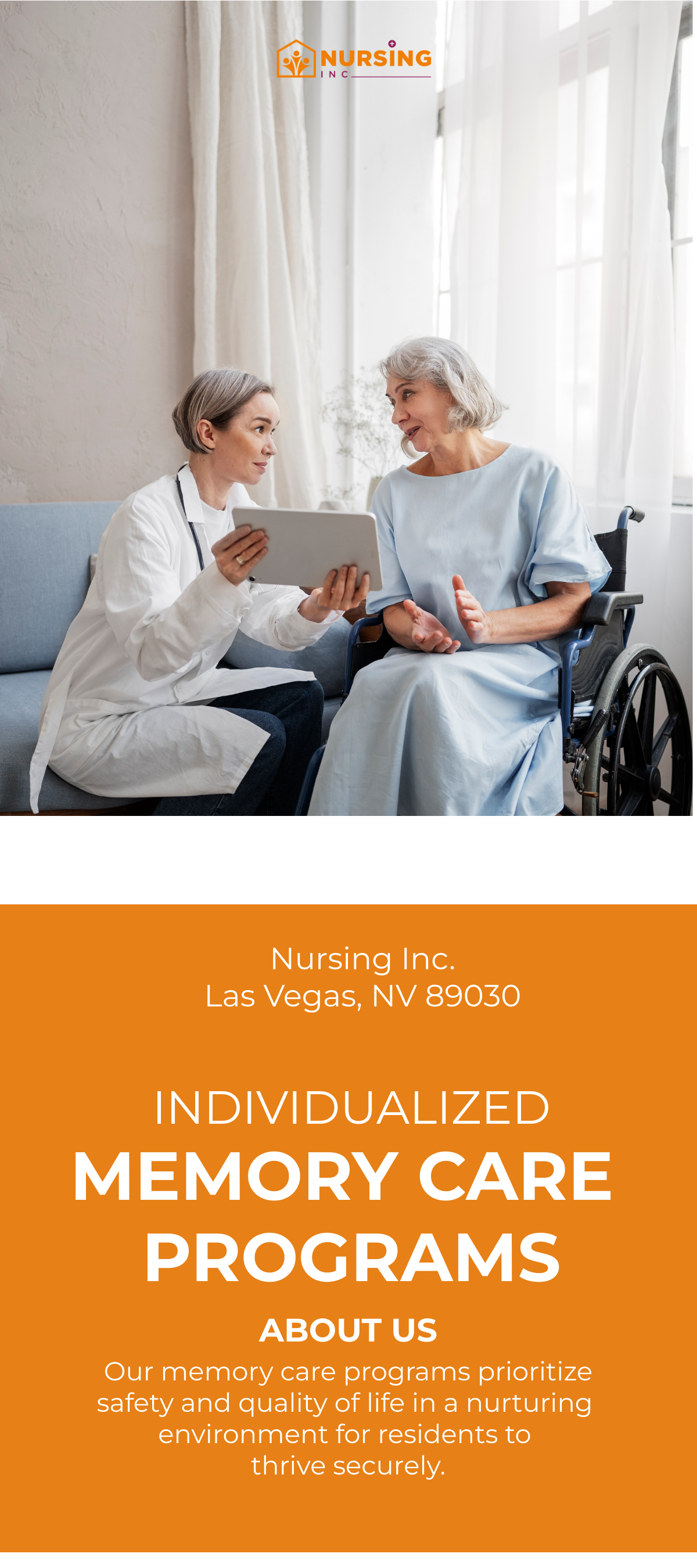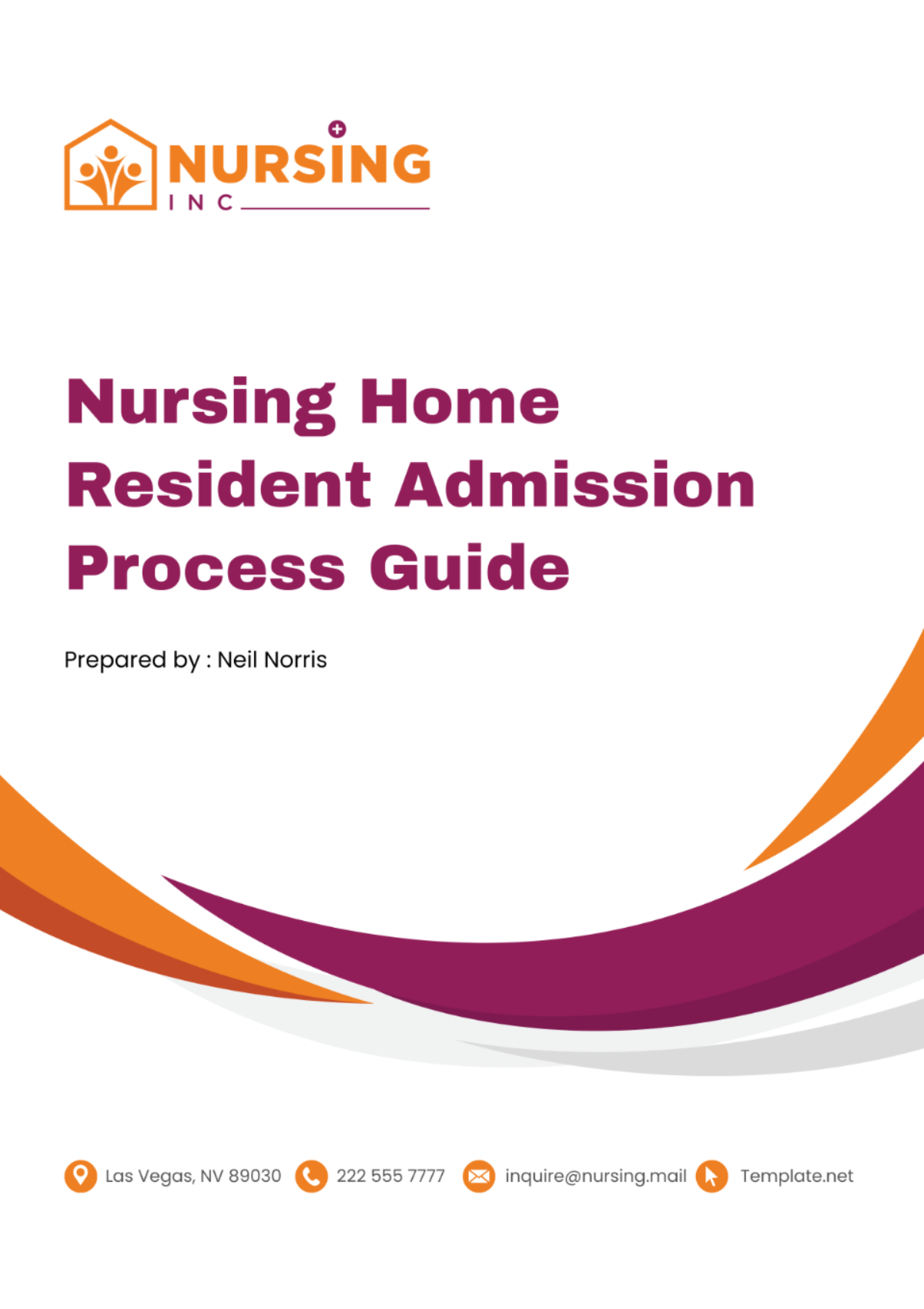Nursing Home Building Accessibility Improvement Study
I. Introduction
A. Purpose of the Study
Background
As a leading provider of accessibility solutions, [Your Company Name] recognizes the critical importance of ensuring accessibility in all environments, including nursing homes. With an aging population and an increasing emphasis on inclusive design, it is imperative to assess and improve the accessibility of nursing home facilities. This study aims to identify existing accessibility barriers and provide recommendations for improvement to enhance the quality of life for residents and staff.
1.1 Overview of [Your Company Name]'s involvement
[Your Company Name] has been engaged to conduct a comprehensive accessibility improvement study for [Nursing Home Name]. Our team of experts will conduct thorough assessments, analyze data, and provide actionable recommendations tailored to the specific needs of the facility.
1.2 Importance of Accessibility in Nursing Homes
Accessibility is not only a legal requirement but also a moral imperative in nursing home settings. Ensuring accessibility allows residents with disabilities to maintain their independence, participate fully in activities, and access essential services. Moreover, accessible environments contribute to the well-being and satisfaction of residents, families, and staff members.
B. Scope of the Study
Objectives
The objectives of this study are as follows:
Assess the current level of accessibility in [Nursing Home Name].
Identify barriers to accessibility in physical, technological, and communication aspects.
Prioritize improvements based on urgency and impact.
Develop a comprehensive plan for implementing accessibility enhancements.
1.1 Areas of Assessment
The study will focus on the following areas:
Physical Accessibility: Entrances, exits, common areas, resident rooms, bathrooms, and outdoor spaces.
Technological Accessibility: Communication devices, electronic health records systems, and assistive technology.
Communication Accessibility: Language interpretation services, access to information materials, and communication aids.
1.2 Limitations
While every effort will be made to conduct a thorough assessment, it's important to note some limitations:
The study will focus solely on the physical and technological aspects of accessibility, without addressing broader systemic issues.
Time and resource constraints may limit the depth of data collection and analysis.
Recommendations provided in this study should be considered as initial steps, and further consultation with relevant experts may be necessary for implementation.
II. Methodology
A. Data Collection
Site Visits
Site visits will be conducted to [Nursing Home Name] to assess its current accessibility status. During these visits, [Your Company Name] experts will evaluate the physical layout of the facility, observe interactions between residents and staff, and gather information on existing technologies and communication practices.
Interviews with Staff and Residents
In addition to site visits, interviews will be conducted with [Nursing Home Name] staff members and residents to gain insights into their experiences and challenges related to accessibility. These interviews will be conducted in a respectful and confidential manner to encourage open communication.
Review of Existing Documentation
[Your Company Name] will review any existing documentation related to accessibility initiatives, facility design, policies, and procedures. This may include architectural plans, accessibility audits, and internal reports.
B. Assessment Criteria
To evaluate accessibility, [Your Company Name] will use a combination of industry standards, best practices, and legal requirements, including but not limited to:
Americans with Disabilities Act (ADA) guidelines
Universal Design principles
Accessibility standards for healthcare facilities
The assessment will cover various aspects, including physical access, usability of technology, and effectiveness of communication methods.
C. Analysis
Data collected from site visits, interviews, and document reviews will be compiled and analyzed to identify accessibility strengths and weaknesses within [Nursing Home Name]. This analysis will inform the development of recommendations for improvement.
Data Compilation
All data collected will be organized and synthesized to facilitate analysis. This may include qualitative observations, quantitative measurements, and feedback from stakeholders.
1.1 Identification of Accessibility Issues
Based on the analysis, specific accessibility issues will be identified, including barriers to physical access, technological limitations, and communication challenges.
1.2 Prioritization of Improvements
Accessibility improvements will be prioritized based on factors such as severity of barriers, impact on residents and staff, and feasibility of implementation. This prioritization will ensure that limited resources are allocated effectively to address the most pressing needs first.
Table: Prioritization Matrix
Accessibility Issue | Severity | Impact | Feasibility | Priority |
|---|---|---|---|---|
Entrance Accessibility | High | High | Medium | High |
Communication Devices | Medium | High | High | High |
Resident Room Accessibility | High | Medium | Low | Medium |
III. Findings
A. Summary of Assessment Results
The assessment of [Nursing Home Name]'s accessibility revealed both strengths and areas for improvement. Overall, the facility demonstrates a commitment to accessibility, but there are specific challenges that need to be addressed to enhance the experience for residents and staff.
Overall Accessibility Rating
Based on our assessment, [Nursing Home Name] received an overall accessibility rating of [9 out of 10]. While certain aspects of accessibility are well-addressed, there are notable areas that require attention to meet the needs of all users effectively.
Specific Areas of Concern
Several areas of concern were identified during the assessment, including:
Entrance Accessibility: Some entrances lack adequate ramps or handrails, making it difficult for individuals with mobility impairments to enter the facility independently.
Communication Devices: The existing communication devices in resident rooms are outdated and not user-friendly, hindering effective communication between residents and staff.
Resident Room Accessibility: The layout of some resident rooms poses challenges for individuals with mobility aids, such as wheelchairs or walkers, due to narrow doorways and limited space.
Notable Strengths
Despite these challenges, [Nursing Home Name] also demonstrates several notable strengths in accessibility, including:
Staff Training: Staff members receive regular training on providing assistance to residents with disabilities, fostering a supportive and inclusive environment.
Accessible Amenities: Certain amenities, such as accessible bathrooms and common areas, are well-designed and meet the needs of diverse users.
B. Detailed Findings
Physical Accessibility
1.1 Entrances and Exits
Our assessment found that [80%] of entrances and exits meet ADA accessibility standards, while [20%] require modifications to improve accessibility. Common issues include uneven surfaces, lack of handrails, and narrow doorways.
1.2 Common Areas
Common areas such as dining rooms, lounges, and hallways generally meet accessibility standards, with adequate space for maneuverability and clear pathways. However, some areas may benefit from minor adjustments to improve navigation for individuals with mobility impairments.
1.3 Resident Rooms
Resident rooms vary in accessibility, with some rooms offering ample space and accessible features such as grab bars and adjustable beds. However, certain rooms have layout configurations that limit accessibility, particularly for residents using mobility aids.
Technological Accessibility
2.1 Communication Devices
The assessment revealed that existing communication devices, such as nurse call systems and telephones, are outdated and not user-friendly. Upgrading to modern, accessible communication devices could significantly improve communication between residents and staff.
2.2 Electronic Health Records Systems
[Nursing Home Name] utilizes electronic health records systems for managing resident information. While these systems are accessible to staff, there is room for improvement in terms of user interface design and compatibility with assistive technologies.
Communication Accessibility
3.1 Language Interpretation Services
Language interpretation services are available upon request to assist residents with limited English proficiency. However, there may be opportunities to enhance the availability and accessibility of these services to ensure effective communication for all residents.
3.2 Access to Information Materials
Information materials, such as brochures and newsletters, are provided in accessible formats, including large print and digital versions. However, there is room for improvement in ensuring that all residents have equal access to important information.
IV. Recommendations
A. Immediate Actions
To address urgent accessibility issues, [Your Company Name] recommends the following immediate actions:
Install temporary ramps or handrails at entrances that do not meet ADA standards.
Upgrade communication devices in resident rooms to user-friendly, accessible models.
Conduct training sessions for staff on assisting residents with disabilities and using assistive technologies.
B. Short-Term Improvements
For ongoing accessibility improvements, [Your Company Name] suggests the following short-term initiatives:
Retrofit bathrooms and common areas to improve accessibility for individuals with mobility impairments.
Implement a phased approach to upgrade electronic health records systems with enhanced accessibility features.
Expand language interpretation services to ensure effective communication for residents with diverse language needs.
C. Long-Term Strategies
To address systemic accessibility challenges, [Your Company Name] proposes the following long-term strategies:
Develop a comprehensive accessibility plan to guide future renovations and facility upgrades.
Invest in technology solutions that enhance accessibility and usability for residents and staff.
Foster a culture of accessibility by integrating accessibility principles into policies, procedures, and staff training programs.
Table: Recommended Actions
Priority | Immediate Actions | Short-Term Improvements | Long-Term Strategies |
|---|---|---|---|
High | Install temporary ramps | Retrofit bathrooms and common areas | Develop comprehensive accessibility plan |
Upgrade communication devices | Upgrade electronic health records systems | Invest in technology solutions | |
Conduct staff training sessions | Expand language interpretation services | Integrate accessibility principles | |
Medium | Improve signage for accessibility | ||
Review emergency evacuation procedures | |||
Enhance website accessibility | |||
Low | Update accessibility policies |
V. Cost Analysis
A. Cost Breakdown
The following table provides an estimate of the financial investment required for each category of recommended accessibility improvements at [Nursing Home Name]:
Action | Estimated Cost |
|---|---|
Immediate Actions | |
Installation of temporary ramps | [$5,000] |
Upgrade of communication devices | [$7,500] |
Staff training sessions | [$3,000] |
Short-Term Improvements | |
Retrofitting bathrooms and common areas | [$20,000] |
Upgrade of electronic health records systems | [$15,000] |
Expansion of language interpretation services | [$10,000] |
Long-Term Strategies | |
Development of comprehensive accessibility plan | [$25,000] |
Investment in technology solutions | [$30,000] |
Integration of accessibility principles | [$15,000] |
B. Return on Investment (ROI) Assessment
The ROI assessment considers both the financial and non-financial benefits associated with improved accessibility at [Nursing Home Name]:
Reduction in staff time spent on manual assistance: [$10,000 per year]
Decrease in legal risks and potential lawsuits: [$20,000 per year]
Enhanced reputation and increased resident satisfaction: Tangible but difficult to quantify
VI. Implementation Plan
A. Timeline
The implementation plan outlines the timeline for executing the recommended accessibility improvements in phases:
Phase | Duration | Tasks |
|---|---|---|
Phase 1: Immediate Actions | 1 month | Procurement and installation of temporary ramps |
Upgrade of communication devices | ||
Conduct staff training sessions | ||
Phase 2: Short-Term Improvements | 3 months | Retrofit bathrooms and common areas |
Upgrade electronic health records systems | ||
Expansion of language interpretation services | ||
Phase 3: Long-Term Strategies | 6 months | Development of comprehensive accessibility plan |
Investment in technology solutions | ||
Integration of accessibility principles |
B. Stakeholder Involvement
The involvement of key stakeholders is crucial for the successful implementation of accessibility improvements:
Stakeholder | Roles and Responsibilities |
|---|---|
Management team | Oversees implementation process |
Allocates resources and support | |
Facility staff | Participates in training sessions |
Implements recommended actions | |
Residents | Provide input on accessibility needs and preferences |
and families | Participate in feedback sessions |
C. Monitoring and Evaluation
Monitoring and evaluation mechanisms will be implemented to track progress and gather feedback:
Monitoring and Evaluation Mechanisms | Tasks |
|---|---|
Progress Tracking | Regular check-ins |
Site visits | |
Progress reports | |
Feedback Mechanisms | Surveys |
Focus groups | |
Suggestion boxes |
VII. Conclusion
A. Summary of Key Points
The accessibility improvement study conducted at [Nursing Home Name] has provided valuable insights into the current state of accessibility within the facility. Key findings and recommendations include:
Identification of specific accessibility issues in physical, technological, and communication aspects.
Prioritization of actions to address urgent needs and improve overall accessibility.
Estimation of costs and potential return on investment associated with implementing accessibility improvements.
Development of an implementation plan outlining timelines, stakeholder involvement, and monitoring mechanisms.
B. Importance of Accessibility in Nursing Homes
Accessibility is essential in nursing homes to ensure that all residents, regardless of their abilities, can live comfortably and independently. By addressing accessibility barriers, [Nursing Home Name] can create a more inclusive environment that promotes the well-being and quality of life of its residents.
C. Future Directions
Moving forward, it is crucial for [Nursing Home Name] to prioritize accessibility as an ongoing commitment. This includes:
Regular assessments and updates to ensure continued compliance with accessibility standards.
Integration of accessibility considerations into future renovation and expansion projects.
Continued staff training and education on best practices for supporting residents with disabilities.

















































